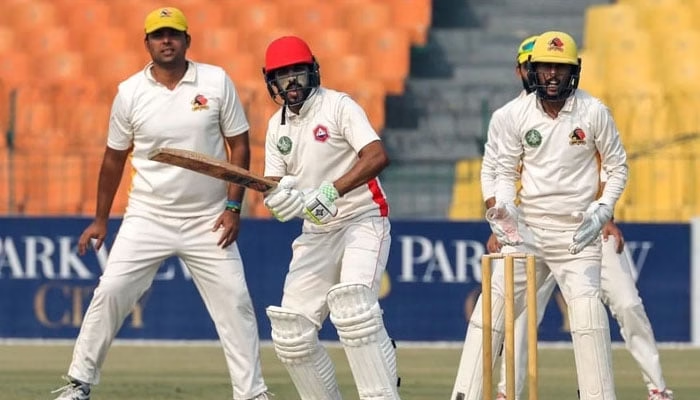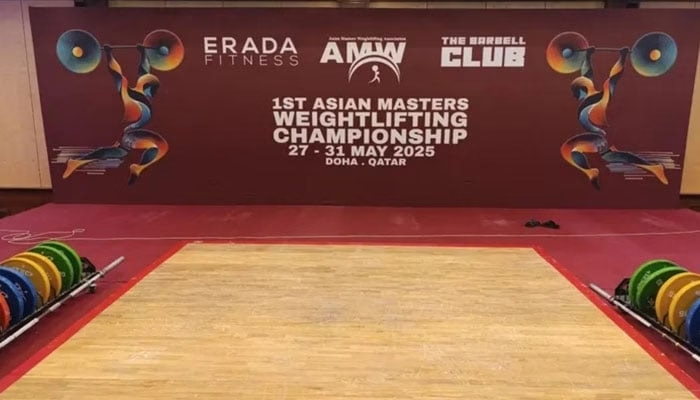Director Domestic Cricket at the Pakistan Cricket Board (PCB), Abdullah Khurram Niazi, has officially confirmed that while the domestic cricket season for 2025–26 will not undergo any major format changes, significant system improvements have been introduced to boost performance, transparency, and competitiveness.
Speaking during the 64th edition of the PCB Podcast, Niazi addressed widespread speculation about changes in the domestic structure and cleared the air: There is no overhaul in the system, only improvements. The structure remains intact—we’ve just made it more efficient and transparent.
A System Based on Performance, Not Politics
One of the biggest issues plaguing domestic cricket over the years has been accusations of favoritism, political interference, and non-merit-based selections. According to Niazi, that era is coming to an end.
We’ve developed a performance-based selection system. No one—including the Chairman, Chief Operating Officer, or even the Director of Domestic Cricket—can include or exclude a player from any team, he emphasized. Now, not even coaches or regional heads can drop or add players on personal preferences.
He proudly stated that 95 to 99 percent of selections in domestic cricket are now transparent, based solely on performance metrics. This has brought credibility to the selection process, and I can confidently stand by this claim,Niazi added.
Guest Players to Return in Quaid-e-Azam Trophy
A notable new feature in the upcoming season will be the inclusion of one guest player per team in the prestigious Quaid-e-Azam Trophy. This move was recommended by the Reforms Committee and finalized after extensive discussions.
According to Niazi, the decision aims to elevate the standard of competition. “When we had 18 teams, the element of competitive cricket declined. This change is intended to reignite that spirit of competitiveness,” he said.
The inclusion of experienced or high-performing guest players is expected to raise the bar, offering younger and regional players a chance to learn and compete alongside top-tier talent.
No Change in Regional Structure
Responding to speculation about a possible overhaul of the regional cricket system, Niazi firmly rejected the idea. The impression that we are changing the regional setup is completely false. Our structure remains based on regions as it has always been.
He elaborated that the pathway to the Quaid-e-Azam Trophy for the 12 regional teams will continue to be through the Hanif Muhammad Trophy, which serves as a qualifying tournament.
This layered approach is designed to promote regional representation and maintain a meritocratic progression for teams.
Four-Day Matches and Player Development Focus
In a move aimed at preparing players for the rigors of longer formats, all matches of both the Quaid-e-Azam Trophy and Hanif Muhammad Trophy will now be four-day games.
This format better tests the skill, stamina, and mental toughness of players. It also aligns our domestic structure with international standards, said Niazi.
He also highlighted the PCB’s growing focus on youth development, announcing the creation of cricket academies in various cities for boys across different age groups. We are doing a lot of work at the Under-15, Under-17, and Under-19 levels. This will help us build a strong pipeline of future talent.
Transparent Team Selection Process
Niazi went into detail about how the team selection process now works. Once a 15-member squad is selected based on strict performance criteria, coaches are authorized to pick the final playing XI from within those 15.
This system removes the possibility of external pressure or favoritism and ensures that only form and fitness determine who makes it to the field.
Our aim is to let cricket speak for itself. The days of ‘sifarish’ (recommendations) and personal preferences affecting selections are over, Niazi said.
While structural reforms often bring skepticism, the measures introduced by PCB appear to be grounded in long-term planning, player development, and restoring trust in domestic cricket. With a transparent selection mechanism, higher-quality competition, and greater focus on youth, the domestic scene looks set for a much-needed revival.
As the 2025–26 season approaches, fans, players, and stakeholders alike can expect a domestic circuit that is more fair, focused, and fiercely competitive—setting the perfect foundation for the future of Pakistan cricket.



